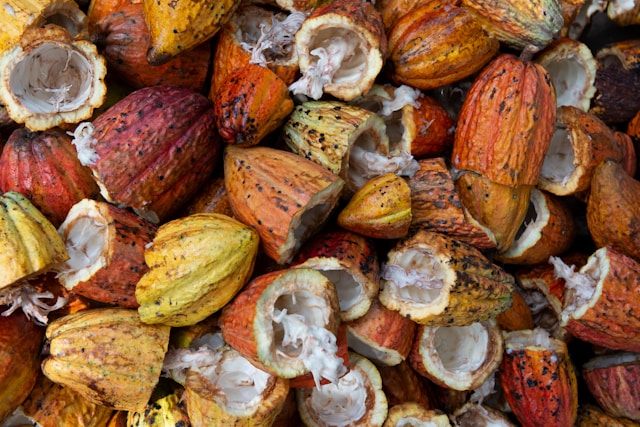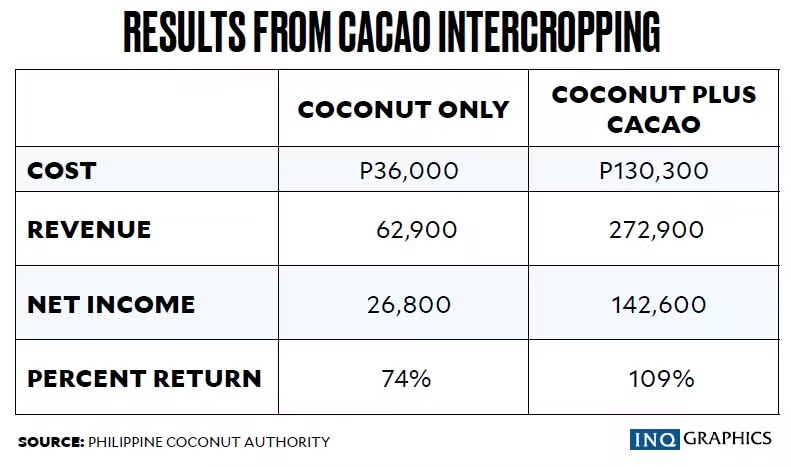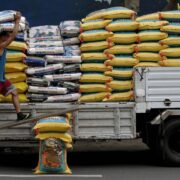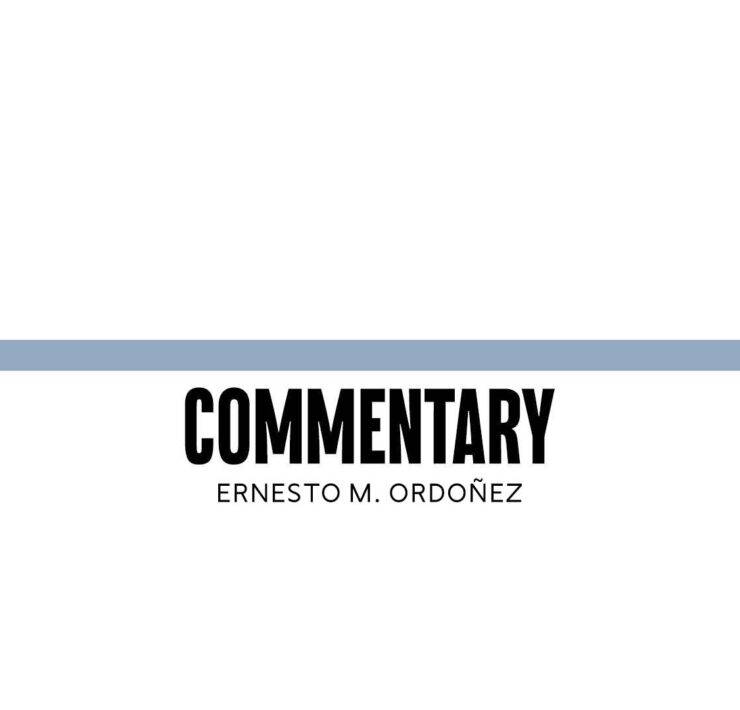Action-oriented congresses

National industry congresses are useful when they provide much new information. But they are even more useful when this information results in concrete action.
This happened during the recent National Cacao Congress held in Cebu from July 30-31. This was sponsored by the Philippine Cacao Industry Council and the Philippine Cacao Industry Association headed by Armi Lopez-Garcia.
Here are two examples.
The first is the often discussed proposal of planting cacao in between coconut trees. But not much has happened, perhaps because critical information has not been effectively communicated. There are currently 3.6 million hectares planted to coconut trees in 69 out of our 82 provinces. Two-thirds of these hectares are largely idle because there is nothing planted in between these coconut trees.
During the congress, Philippine Coconut Authority’s Willy Mercullo Jr. identified compelling reasons for cacao intercropping. One is pest and disease management. This disrupts the habitat of pests and reduces their ability to establish large populations.
A second is improving the soil structure. This helps in water management and additional micronutrients for soil fertility. Both decrease the need for potentially harmful pesticides and fertilizers.

Increased income
But the third is the most important reason. Through cacao intercropping, incomes are significantly improved. The table below contains a summary of the financial information Mercullo provided for one hectare.
While there is an additional cost of P94,200, the corresponding additional revenue of P210,000 (or double the investment) is well worth it. This detailed study and thorough work that went into it should motivate the farmers, as well as the reluctant banks which need to give the necessary loans, to take quick action.
Another congress information item was provided by Sen. Pia Cayetano. A champion of a creative and educated citizenry, Cayetano has talked about the critical connection between nutrition and the sad state of our education achievement.
For the national feeding program, milk is an important component that can address even our severe stunting situation. But though choco milk is far superior in terms of nutrition to pure milk (and favored by children who easily tire of the pure milk taste), choco milk is not offered consistently. We should add cacao powder to our milk. Unfortunately, we import this cacao powder.
Market opportunity
Related to this, Danilo Fausto, president of the Philippine Chamber of Commerce of Agriculture and Food Inc. reported that we annually import 30,000 tons of cacao powder. At P370 a kilogram, this translates to P11.1 billion spent a year.
We must make mandatory the more nutritious and delicious chocomilk for our feeding program. More importantly, we should supply, rather than import, the cacao powder necessary to provide the chocomilk. This will not only improve nutrition and intellectual growth for our children. It will also open an important additional market to improve the livelihoods of our poor farmers.
The 1,300 participants of the National Cacao Congress got both new information and actionable ideas from the congress’ well-selected topics. For future congresses, especially on agriculture which needs both creativity and urgent action, it is suggested that congresses are planned with the anticipated desired results in mind even before the congresses start.
The author is Agriwatch chair, former secretary of presidential flagship programs and projects, and former undersecretary of the Department of Agriculture and the Department of Trade and Industry. Contact is agriwatch_phil@yahoo.com.



















